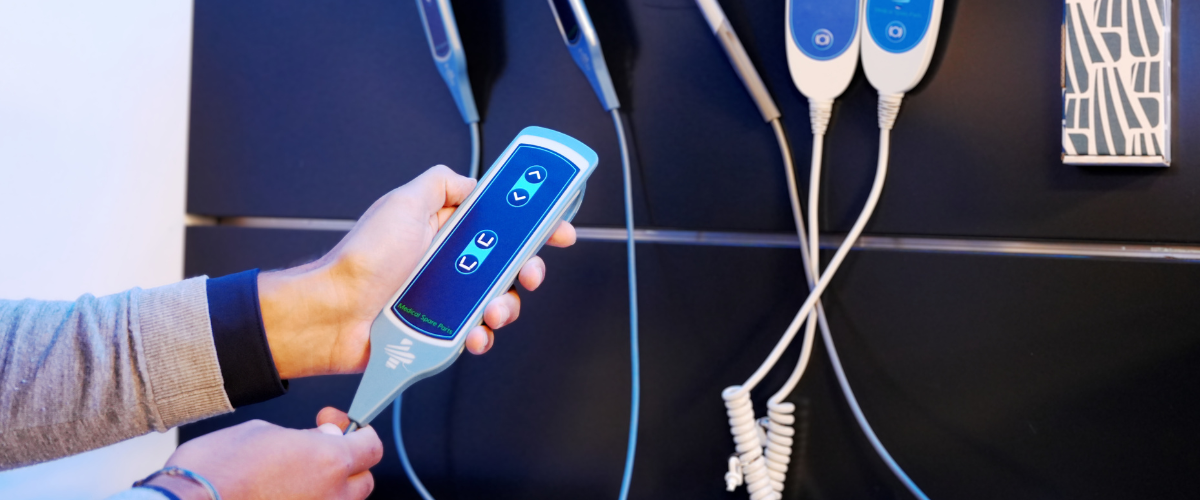
Mandatory maintenance is not optional
All medical devices in Europe are subject to an annual inspection requirement, similar to a vehicle’s MOT. These inspections must comply with the MDR (Medical Device Regulation) and the OEM’s maintenance guidelines. Inspections are conducted based on both legal protocols and manufacturer instructions. In the Netherlands, virtually all healthcare institutions outsource this work to specialized service providers. MSP Medical supports these companies remotely by helping them select the right replacement parts.
Common wear in batteries, wheels, and hand controls
Devices that are used intensively tend to show wear in specific components. For example, with patient lifts, hand controls, batteries, and wheels are most frequently replaced. Wheels wear faster when devices cover long distances daily or bear heavy loads. Even certified medical wheels can have worn-down treads over time, rendering the device unusable.
Ensure proper ventilation during charging
Ventilation is often overlooked during charging. If a charger is placed in a closed cabinet, heat cannot escape, which increases the risk of overheating and, in extreme cases, fire. Always ensure that batteries are charged in a well-ventilated environment.
Maintenance tips for medical wheels
Most medical wheels are maintenance-free thanks to sealed bearings. However, dirt accumulation can still occur, particularly in shower or toilet chairs where soap residue and hair can build up.
Preventive maintenance reduces failures. It is advisable to inform care staff who use these devices daily. Regular cleaning prevents premature wear.
- Perform monthly checks for free rotation and obstructions.
- Replace wheels on shower and toilet chairs every 24 months.
Annual inspection
Annual inspections for shower chairs, toilet chairs, patient lifts, and nursing beds should include at least the following checks:
- Emergency stop and emergency lowering function
- Inspection for corrosion
- Battery and charger test
- Visual check of cables, supports, and mechanical components
- Software update if applicable
- Maximum load test
Smart maintenance as a strategic advantage
Smart maintenance not only prevents downtime in care processes, it significantly extends the lifespan of your equipment. By strictly adhering to inspection requirements and OEM specifications, you minimise both costs and risks. Ultimately, it is about ensuring continuity of care at the lowest possible total cost of ownership.
If you have any questions feel free to contact our team. We are here for you!
